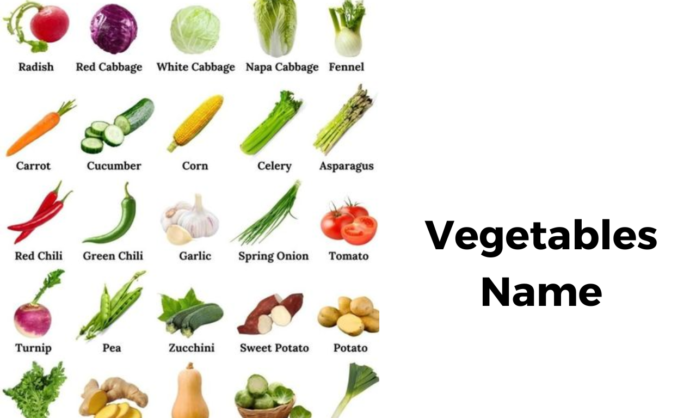Vegetables Name: Are you starting to learn English, or do you have a young English language learner in your family? If you want to expand your vocabulary, here’s a great tip for you. When you’re learning a new language, it’s essential to begin with words that you encounter in your daily life. This includes names of fruits, vegetables, animals, birds, and common items.
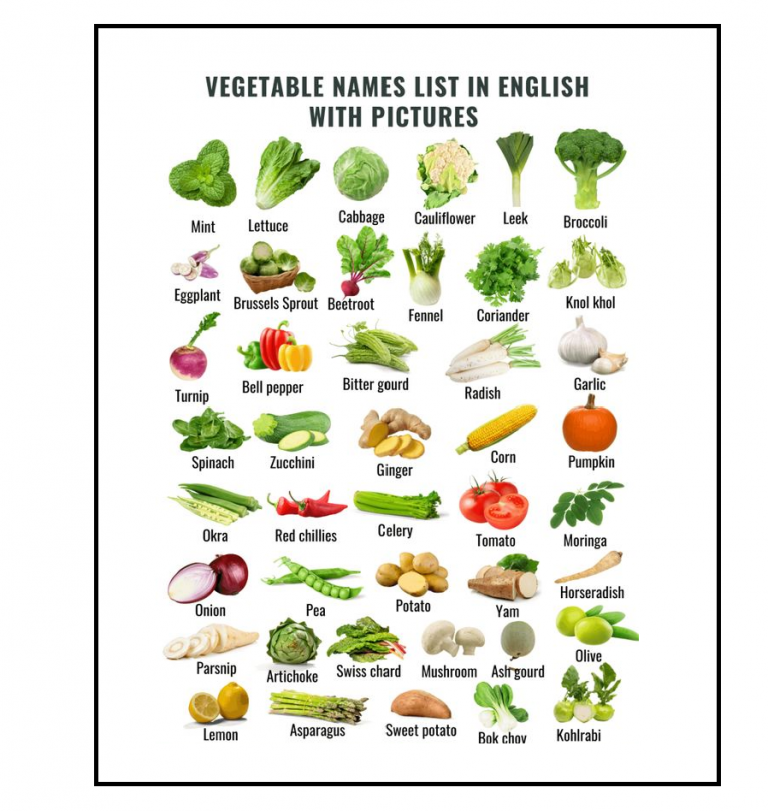
Vegetables offer a diverse array of flavors, colors, shapes, and textures! They’re packed with essential vitamins and nutrients, making them an excellent choice for both kids and adults looking to maintain good health and strength. Including a balanced meal with the right portions of vegetables is crucial for kids’ growth and metabolism. However, encouraging children to enjoy their veggies can be a bit challenging. Many kids have a preference for sweeter tastes and may find vegetables a bit bland.
Also Read: Months Name
Vegetables Name
Vegetables play a crucial role in maintaining a healthy diet as they are the edible parts of plants. Throughout the history of human civilization, we have acquired knowledge about growing various vegetables. These plant-based foods offer essential vitamins, dietary fiber, minerals, and carbohydrates, all of which support the body’s metabolism and overall health. Below, you’ll find a list of different vegetable names to explore and include in your diet.
Here are some common names of Vegetables listed below.
-
Potato
-
Cabbage
-
Tomato
-
Cauliflower
-
Spinach
-
Asparagus
-
Brinjal
-
Carrot
-
Peas
-
Celery
-
Bitter gourd
-
Beans
-
Pumpkin
-
Cucumber
-
Tomato
Vegetables Name in English
For students and those learning a new language, the focus is often on familiar vegetables found in their local surroundings. However, there’s a whole world of diverse vegetables waiting to be discovered. Exploring this wide variety can be both fascinating and a simple way to expand your vocabulary. So, why wait? Take a step to learn about vegetables not only in your area but from around the globe. Below you can find Vegetable Names in English List in the table given below.
| Ash gourd | Broccoli | Cucumber | Celery |
| Bitter gourd | Elephant yam | Carrot | Spring onion |
| Potato | Capsicum | Turnip | Brinjal |
| Cluster beans | Green peas | Ginger | Apple gourd |
| Onion | Cauliflower | Beetroot | Ridge gourd |
| Garlic | Cabbage | Chow chow | Mushroom |
| Lady’s finger | Snake gourd | Ivy gourd/Scarlet gourd | Spinach |
| Beans | Lab lab | Green papaya | Corn |
| Pumpkin | Bottle gourd | Snake beans/Yard long beans | Drumstick |
| White pumpkin | Radish | Field beans/Broad beans | Zucchini |
Types of Vegetables
Vegetables are categorized into seven groups for easier understanding. These groups include cruciferous vegetables, leafy greens, marrow vegetables, root vegetables, stem vegetables, and the allium family of vegetables. Additionally, vegetables can be further classified based on the specific part of the plant that is edible or used in cooking. Here, we list the various types of vegetables according to this classification to help you explore and understand the diverse world of vegetables.
- Flower vegetables
- Leafy vegetables
- Root vegetables
- Tuber vegetables
- Fruit vegetables
- Bulb vegetables
- Stem vegetables
1. Flower Vegetables
Flower vegetables, also known as edible flowers, are a unique category of vegetables that consist of flowers from various plants and herbs that are safe and tasty for human consumption. It consists of Cauliflower, Broccoli, Artichokes, etc. It is used as garnishes or even incorporated into salads and other dishes to enhance both the taste and presentation.

List of Flower Vegetables
- Cauliflower
- Broccoli
- Artichoke
- Banana flower
- Romanesco broccoli
- Zucchini flowers
2. Leafy Vegetables
Leafy vegetables are a type of vegetable characterized by their edible leaves. These vegetables are valued for their high nutritional content, particularly in vitamins, minerals, and dietary fiber. Leafy greens are often used in salads, sandwiches, and cooked dishes. Some common examples of leafy vegetables include lettuce, spinach, kale, Swiss chard, collard greens, arugula, and bok choy.
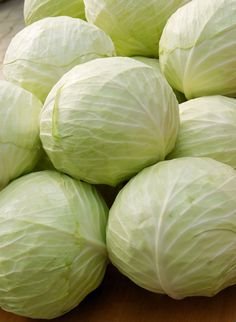
List of Leafy Vegetables
- Cabbage
- Arugula
- Spinach
- Celery
- Lettuce
- Coriander leaves
- Mint
- Spring onion
- Bok choy
- Romaine lettuce
- Rapini
- Mustard greens
- Kale
3. Root Vegetables
Root vegetables are a category of vegetables where the edible portion of the plant grows underground, in the form of roots. These vegetables are known for their starchy and nutrient-rich qualities. Root vegetables are often used in a variety of culinary dishes and can be prepared in numerous ways, such as roasting, boiling, or mashing. Common examples of root vegetables include carrots, potatoes, sweet potatoes, turnips, radishes, and beets.
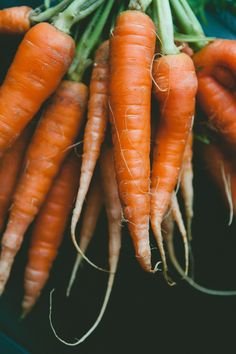
List of Root vegetables
- Beetroot
- Carrot
- Turnip
- Radish
- White radish
- Celeriac
- Rutabaga/Swede
- Sugar beet
- Parsnip
- Horseradish
4. Tuber Vegetables
Tuber vegetables are a specific type of root vegetable that store nutrients in swollen, underground stems called tubers. These tubers serve as a food reserve for the plant. Tuber vegetables are typically starchy and can be a significant source of carbohydrates in many diets.
One of the most famous examples of tuber vegetables is the potato, which is widely consumed around the world.

List of Tuber Vegetables
- Potato
- Tapioca
- Arracacia
- Elephant yam
- Ginger
- Greater yam
- Turmeric
- Purple yam
- Chinese potato
- Arrowroot
5. Fruit Vegetables
Fruit vegetables, also known as fruiting vegetables, are a category of vegetables that produce fruits in addition to their other edible parts. Unlike traditional fruits, which are often sweet and consumed for dessert, fruit vegetables are typically savory and used in cooking. These vegetables are botanically fruits because they contain seeds and develop from the flower of the plant.
The example of Fruit Vegetables are tomatoes, bell peppers, cucumbers, eggplants (aubergines), and zucchinis (courgettes).
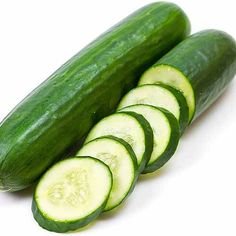
List of Fruits vegetables
- Cucumber
- Pumpkin
- Tomato
- Peppers
- Eggplant
- String beans
- Green peas
- Corn
- Lady’s finger
- Beans
- Chickpeas
6. Bulb Vegetables
Bulb vegetables are a category of vegetables characterized by their bulbous, underground storage structures. These vegetables store nutrients and energy in their bulbs, which grow beneath the soil’s surface. Common examples of bulb vegetables include onions, garlic, shallots, and leeks. These vegetables are essential ingredients in many recipes, adding flavor and aroma to a wide range of dishes.
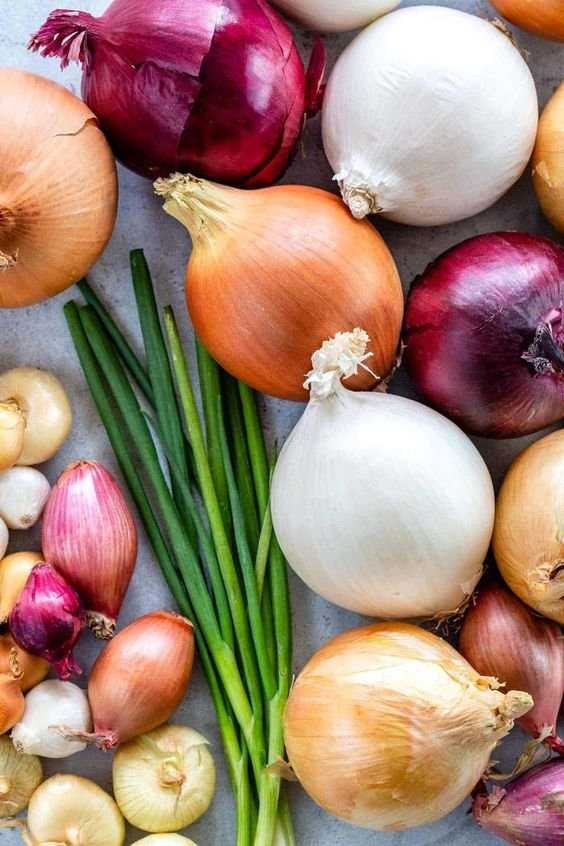
List of Bulb Vegetables
- Onion
- Garlic
- Leek
- Fennel
- Spring onions
7. Stem Vegetables
Stem vegetables are a category of vegetables where the edible part of the plant is the stem or stalk. Unlike many other vegetables, which focus on the leaves, roots, or fruits, stem vegetables are valued for the tender and flavorful stems they provide.
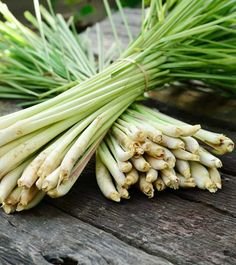
List of Stem Vegetables
- Asparagus
- Lemon grass
- Celery
- Kohlrabi
- Celtuce
- Rhubarb
- Swiss chard
- Cardoon
Some Other Common Vegetables List
| Some Other Common Vegetables List | |
|---|---|
| Vegetable | Description |
| Asparagus | Asparagus is a plant known for its young green shoots, which are packed with fiber and vitamins A, K, and C. |
| Beetroot | Beetroot is a red vegetable, and it’s the part of the beet plant that grows underground. Great for salads or juices. |
| Bitter Gourd | Bitter gourd lives up to its name with a bitter taste. It’s grown in Africa, Asia, and the Caribbean regions. |
| Brussels Sprouts | These green edible buds belong to the cabbage family and are rich in fiber and antioxidants. |
| Broccoli | Broccoli is a low-calorie, edible flowering plant from the cabbage family, making it ideal for diet-conscious folks. |
| Carrot | Carrots are orange root vegetables, enjoyed worldwide and packed with vitamin A. |
| Cauliflower | Cauliflower is a cruciferous veggie; we eat the head. It’s a great source of vitamin B and fiber. |
| Cabbage | Cabbage is a leafy green veggie with layers, grown worldwide, and it helps control bad cholesterol. |
| Celery | Celery is a green vegetable with fibrous stalks, grown in marshlands, and full of antioxidants. |
| Drumsticks | Drumsticks are pod veggies commonly found in India. You can eat the whole thing—seeds, leaves, and stems. They’re rich in antioxidants. |
Vegetables Names FAQs
What is the 10 Vegetable Name?
The 10 Vegetable Name are potato, onion, tomato, Spinach, Cauliflower, carrot, green beans, coriander leaves, mint and broccoli.
What are the 20 Vegetables Name?
The 20 Vegetables Names are Carrots, broccoli, spinach, tomatoes, bell peppers, cucumbers, cauliflower, zucchinis, onions, potatoes, green beans, peas, eggplants, sweet potatoes, cabbages, radishes, beets, asparagus, artichokes, and celery .
